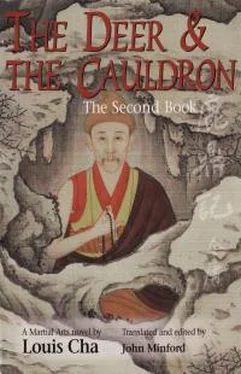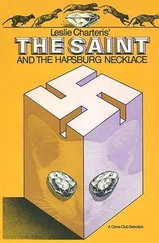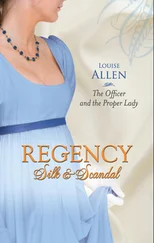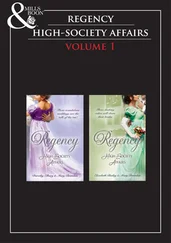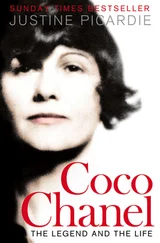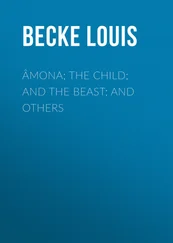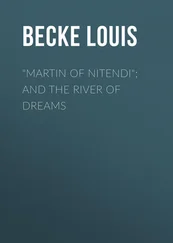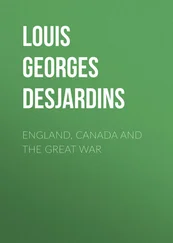ZHAO QIXIAN Palace Guard, friend of Trinket’s. ZHENG CHENGGONG see Coxinga
ZHENG JING, Prince (died 1681) Eldest son of Coxinga, and present Prince of Yanping. In 1664 he organized the government of Taiwan, and in 1674 went to the aid of Geng Jingzhong, Satrap of Fujian, in his revolt against Manchu rule.
ZHENG KESHUANG (1670’1707) Sir Zheng; second son of Prince Zheng Jing; a dashing (and insufferable) young man of twenty’three or sohence Trinket’s nickname for him’ the Insufferable. He took over nominal control of Taiwan on the death of his father in 1681, finally surrendering to the Manchus in 1683. His father’in’law and mentor was Feng Xifan, the Bloodless Sword.
ZHENG KEZANG (died 1681) Eldest (illegitimate) son of Zheng Jing; historically he was the son’in’law of Chen Jinnan, the Helmsman. He took charge of Taiwan in
1679.
ZHOU, Queen Empress of Chongzhen.
ZHUANG TINGLONG (died c.1660) Nominal author of the Ming History; eldest son of Zhuang Yuncheng. He was already dead at the time of the Ming History persecution, but his coffin was broken open and his corpse gibbeted nonetheless.
ZHUANG YUNCHENG (died c.1663) Resident of Huzhou, patron of learning. Died in prison of maltreatment during the Ming History persecution.
ZHUGE LIANG Famous strategist of the Three Kingdoms period (AD 220’265), who served as a general in the army of the Shu’Han kingdom.
QENERAL QLOSSARY OF TERMS
relating to kungfu, Chinese culture, history, and society
ART OF WAR, The This ancient classic of military strategy, from which the Emperor quotes, and which would have been familiar to every Chinese general and statesman (even Trinket learns to ape it), has often been translated into English. A copy of the excellent eighteenth’century French version (by the Jesuit Father Jean’Joseph’Marie Amiot, who served in China under the rule of Rang Xi’s grandson Qian Long), is rumoured to have been in the possession of Napoleon. BAIGAR SPIRIT This transparent fiery liquor, widely drunk in northern and north’eastern China (it is at Peony River market that Trinket sees the ginseng’gatherers drinking it), can be distilled from several different grains-including wheat, barley, sorghum, millet. BATURU A military distinction conferred during the Manchu dynasty for distinguished service in the field. It meant literally ‘brave’, and brought with it the right to wear the peacock’feather. Kang Xi confers this distinction on Trinket before he sets off on his expedition to destroy the Mystic Dragons. BED Since the bed comes to play such an important part in the Third Book, it is worth pointing out that traditional Chinese bedsteads were large, curtained, live’in structures, somewhat like Western four’poster beds. Some of them even had ante’chambers. The great German authority on Chinese furniture, Gustav Ecke, refers to them as ‘veritable alcove architecture’. Another authority, the American George Kates, calls them ‘rooms within rooms’, and comments wryly’ ‘When the bed’s curtains were drawn it formed a completely isolated sleeping unit, equipped with all necessaries, not altogether unlike a modern railway compartment.’ For the heated brick’bed popular in the North, see kang. BOARD The Chinese government was organized from early times under six Boards, or Ministries’ Personnel, Revenue, Rites, War, Justice, and Works.
JJOYAR A privileged order of wealthy Russian aristocrats or grandees, who traditionally acted as advisors to the Russian tsar.
CASTRATION In China, when a eunuch was castrated, both penis and testicles were removed. This has already been stated in the Glossary for the First Book (see under Eunuchs), but needs restating here to explain the Princess’ radical treatment of the Little Traitor. She was merely making him a ‘normal’ eunuch. In the circumstances, it is surprising that he survived at all. The classic study of this question is by Dr Jean’Jacques Matignon, in his book La Chine Hermetique (Paris, 1898). As doctor to the French legation in Peking, Matignon once had occasion to treat a young eunuch.
CHINESE BANNERMEN Chinese who supported the Manchu cause were enrolled in the eight Chinese Banners (for the Manchu Banners, see the Glossary to the First Book), and treated to all intents and purposes as Bannermen. Kang Xi’s own mother was the daughter of Chinese Bannermen parents. He was thus ethnically fifty per cent Han’Chinese.
CALLIGRAPHY This is one of the fine arts of the traditional Chinese scholar’gentleman, and a skill expected of every Chinese educated official. Trinket’s ‘calligraphic moment’ (in Chapter 25, when he is writing a message in code for Kang Xi) is one of the most delightful satirical scenes in the novel.
DEER AND CAULDRON These two images, which give their name to the whole novel, both in Chinese and in English, occur for the first time in the very opening pages of the Prologue to the First Book. There, the Ming Loyalist scholar Lii Liuliang explains to his young son that the (hunted) ‘deer’ is a symbol of the common people, and hence of the Empire; while the ‘cauldron’ (of the tripod sort) is a symbol of the authority of the Emperor. Examples of the superb bronze tripods of the early Shang dynasty can be seen in many of the world’s museums. The words are thus a code for the political’historical thread running through the novel, the theme of national conquest (by the Manchus) and resistance (by the Ming Resistance), and of the legitimacy of political power. It is against this background that Trinket’s picaresque antics take place, and it is in this context that his multiple identities and loyalties become
more and more hard to manage. The place where the Manchu treasure is supposed to be buried, and where the Dragon Lines (which control the fengshui, and thus the destiny, of the Manchus) converge, is called Ludingshan, being the Chinese for the Mountain (shari) of the Deer (‘®) and the Cauldron (ding). The walled town built by the Russians on or near this ‘site’ in the seventeenth century was called by them Fort Albazin, and by the Manchus Yaksha. DITANG KUNGFU This School of kungfu, in which Coxinga’s general Lin Xingzhu was expert, involved sneaking up to the enemy under the cover of specially made wickerwork shields, and then hacking at the legs of the enemy’s horses. EXECUTION GROUND (fachang) This was, until 1901, at the junction of two streets in southern Peking, where there was a large open space, known as the Vegetable Market (caishikou). Executions normally took place at daybreak, after which the market was opened for business. The criminals were brought from the Board of Punishments in open carts. (See the classic 1935 study In Search of Old Peking, by L. C. Arlington and William Lewisohn, pp. 217’9.) FORBIDDEN CITY (zijincheng) This was the name given to the huge fortified complex lying at the heart of old Peking, in which the Emperor and his entourage resided and held court. The Chinese name itself includes a reference to the Pole Star (the first character, zi, being a shortened form of ziwei, the ancient name for the ‘forbidden enclosure’ of the Pole Star), since the Emperor or Son of Heaven was the ‘pole’ around which everything revolved. The poetic names for the countless gates, palaces, and lesser buildings within the Palace or City (many of which Trinket was able to recite by heart, thanks to his period in residence as the eunuch Laurel) are here translated according to Arlington and Lewisohn, in In Search of Old Peking. FOREIGNERS Foreigners are more in evidence in the Third Book. There are Jesuit fathers of various nationalities, there are Russians and Dutch, not to mention the various non’Han ethnic groups of Asian origin, that have already begun to play a prominent role in the Second Book (Mongols, Tibetans, etc.). Foreigners of European origin are often referred to as ‘red’haired devils’ (at first this was XL
Читать дальше
